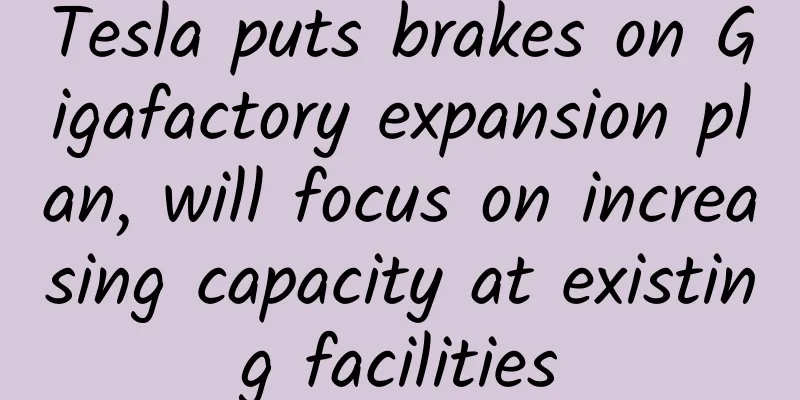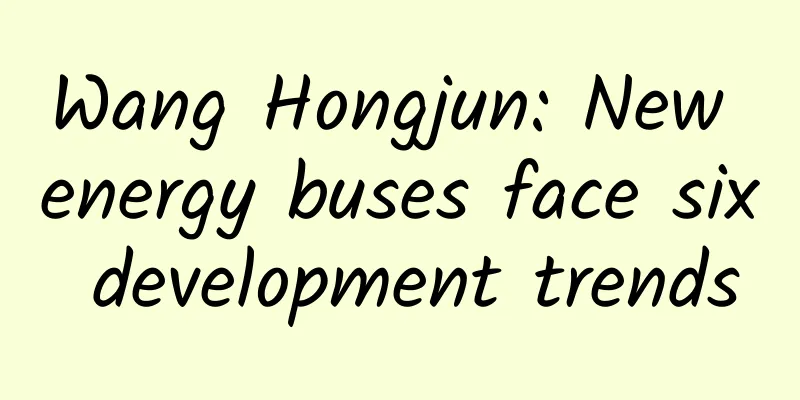Tesla puts brakes on Gigafactory expansion plan, will focus on increasing capacity at existing facilities

|
Foreign media reported that Panasonic, Tesla's electric vehicle battery partner, has frozen plans to expand its facilities due to the high investment risk of the Gigafactory 1 expansion project. At the same time, both parties will strive to squeeze more production capacity from existing facilities. Elon Musk said that although Tesla missed its 2019 production capacity target, the company will seek multiple battery suppliers for the Shanghai factory. Data map (from: Tesla official website) As early as mid-2014, Tesla and Panasonic announced the Gigafactory 1 project, which is expected to invest $5 billion in Nevada, U.S. Although it has been put into operation, the factory is still under construction and is expected to be completed at some point in the next decade.
The two companies hope to increase the facility's production capacity by 50% by 2002. However, Nikkei Asian Review quoted people familiar with the matter as saying that the expansion project has been shelved. Although batteries were once a major production bottleneck for Tesla, the Gigafactory's annual production capacity is now sufficient for 500,000 vehicles.
Tesla expects to produce a maximum of 400,000 vehicles in 2019, and the automaker has quietly dropped its goal of producing one million vehicles by 2020. Panasonic's Tesla battery manufacturing business, on the other hand, continues to post record quarterly losses. Part of the poor performance is blamed on delays in Model 3 production.
Although Tesla also cut its own prices to account for the drop in the tax credit from $7,500 to $3,750, the move angered many customers who were encouraged to place orders before the end of 2018. In addition, subsidies will be further reduced later this year.
Another potential uncertainty is that after the new Shanghai factory starts construction, Tesla may seek other battery suppliers besides Panasonic, which Elon Musk confirmed last year. Panasonic is said to have suspended its investment plan in the Shanghai factory and only provides technical support and a small number of Gigafactory batteries.
As a winner of Toutiao's Qingyun Plan and Baijiahao's Bai+ Plan, the 2019 Baidu Digital Author of the Year, the Baijiahao's Most Popular Author in the Technology Field, the 2019 Sogou Technology and Culture Author, and the 2021 Baijiahao Quarterly Influential Creator, he has won many awards, including the 2013 Sohu Best Industry Media Person, the 2015 China New Media Entrepreneurship Competition Beijing Third Place, the 2015 Guangmang Experience Award, the 2015 China New Media Entrepreneurship Competition Finals Third Place, and the 2018 Baidu Dynamic Annual Powerful Celebrity. |
<<: BAIC's 300km range of electric vehicles exposes the rudiments of the Chinese auto industry
>>: When did Audi start making new energy vehicles? The answer is 100 years ago!
Recommend
How much is the account opening fee for Baidu Ai Purchasing? How to open a store on Baidu Ai Purchasing?
How much is the account opening fee for Baidu Ai ...
Sensing sadness, protecting companions, self-destructive behavior... How to explain the "self-awareness" of animals
© The Dodo Leviathan Press: Wikipedia defines sui...
120% of people turn their heads to look at this electric three-wheeled classic car, which is cooler than a Ferrari
Italy is the oldest fashion capital and has the l...
New Year's greetings from the China Association for Science and Technology to scientific and technological workers across the country
New Year Greetings Wan Gang, Chairman of the Chin...
Calculate the Earth's radius? All you need is a photo and some high school knowledge!
Based on a photograph of the sunset over a lake, ...
If the earth does not wander, where will humans go?
Excerpted from: "Inside and Outside the Clas...
There are so many types of myopia glasses. Which one is suitable for your child?
Nowadays, there are many myopia glasses available...
An ecologist's mathematical exploration
Eugene Wigner's famous article "The Unbe...
Zhuorang Xianyu Xiaobai five-day training camp, one hour a day, make money easily and faster [video course]
Zhuorang Xianyu Xiaobai five-day training camp, o...
The past and present of "Sanfutie"
Author: Yang Yingzhan, Institute of Chinese Mater...
With only 150,000th of the mass of an electron, this mysterious "invisible man" can easily penetrate our bodies!
Neutrinos: The mysterious "invisible man&quo...
Short videos + full links, a new way of marketing movies in 2020
2020 was a turbulent year for the film industry. ...
How to do a good job in event operation planning process?
The essence of an event is communication, but the...
7 techniques for shooting Douyin videos to promote products!
As a traffic pool with over 100 million daily act...









